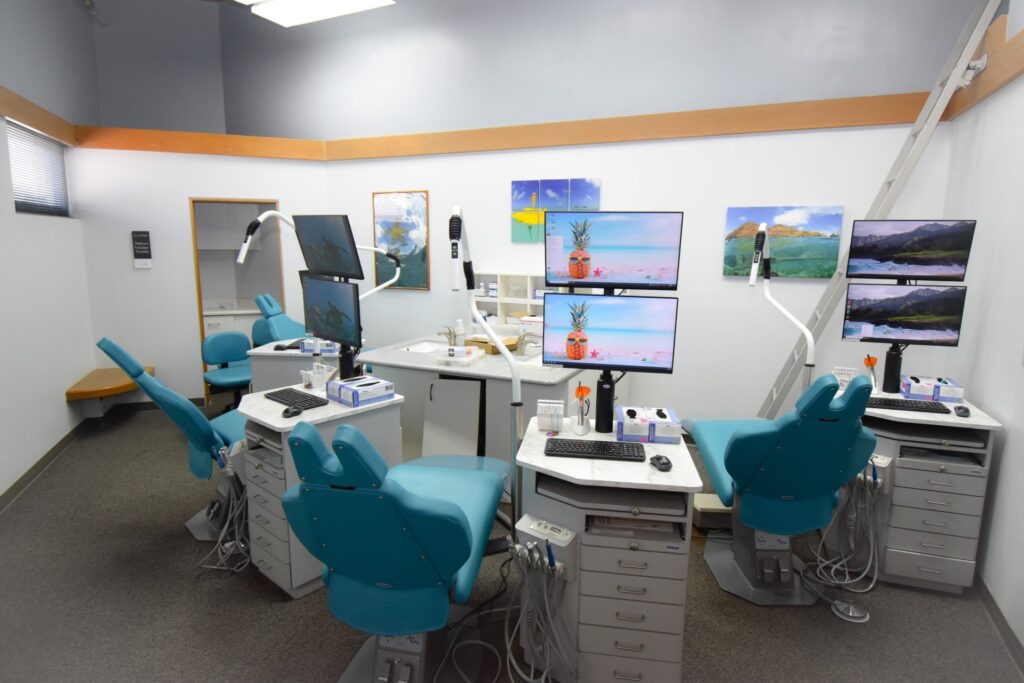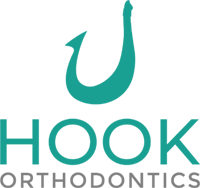About Hook Orthodontics
Welcome to Hook Orthodontics. We are proud to provide residents of — and visitors to — Hawaii with top-quality orthodontic treatment. To learn more about our orthodontic services, reach out to us online today or call 808.261.4696 to schedule a free consultation.
The Hook Orthodontics Mission
At Hook Orthodontics, we know that no two orthodontic patients are the same. This is why we are committed to providing each of our patients with unparalleled orthodontic services and compassionate, personalized service. On the one hand, this means maintaining the highest standards of orthodontic treatment, including using state-of-the-art technology and advanced techniques. Perhaps more important, it also means developing individualized treatment plans for each of our patients and making sure that our patients and their families feel that they are participants and partners in their care.
Hook Orthodontics has been transforming smiles for more than 25 years. Join our family today!

Orthodontic Treatment at Hook Orthodontics
At Hook Orthodontics, we offer a broad range of orthodontic services for patients of all ages. These include, but are not limited to:Braces
At Hook Orthodontics, we offer the full range of braces, from traditional metal braces to newer types of orthodontic appliances, like ceramic braces and lingual braces. Whichever type of braces is right for you, they all work in approximately the same way. We place brackets on the teeth, and those brackets are fitted with wires that apply pressure. Over time this pressure shifts teeth into their proper position. Hook Orthodontics we recommend braces when patients present problems like overcrowding, overbites or underbites, gaps between the teeth, and crooked teeth.Invisalign®
Braces are certainly the most common method of shifting teeth. And although braces technology has improved dramatically in the last few decades, a newer, equally effective system is available and gaining popularity. Invisalign® involves using a series of acrylic trays to straighten the teeth. These trays resemble mouthguards and are specially designed to fit the patient’s teeth. The Invisalign® system’s advantages include the fact that they are easily removable and nearly invisible to the naked eye.Retention
When we are satisfied that orthodontic appliances like braces or Invisalign® have done their job and been removed from the mouth, your orthodontic treatment is far from over. Even after these devices have done the heavy lifting, the bone and soft tissues surrounding the teeth take many months to stabilize. To ensure that the work of the orthodontic appliance is not reversed, we use retainers to stabilize the area. At Hook Orthodontics, we believe that retention is as important as the initial orthodontic treatment itself and is key to ensuring a beautiful, healthy smile.Digital X-Rays
At Hook Orthodontics, we use cutting-edge digital X-ray technology to ensure that we have the most accurate picture of your oral health possible. Instead of using traditional film, as is still the norm in some dental and orthodontic practices, we use a state-of-the-art system by which sensors are placed in the mouth to capture digital images. These images allow us to see dental issues that we might not have discovered in a regular examination, which lets us diagnose, treat, and prevent orthodontic issues with accuracy and precision.Learn More at Hook Orthodontics Today
For more than a quarter of a century, Hook Orthodontics has served the community by offering orthodontic treatment families can rely on. And with three expertly staffed locations on Oahu, orthodontic services are always right around the corner. To learn more about what Hook Orthodontics can do for you, contact us by using our convenient online form or make an appointment by calling us at 808.261.4696.
